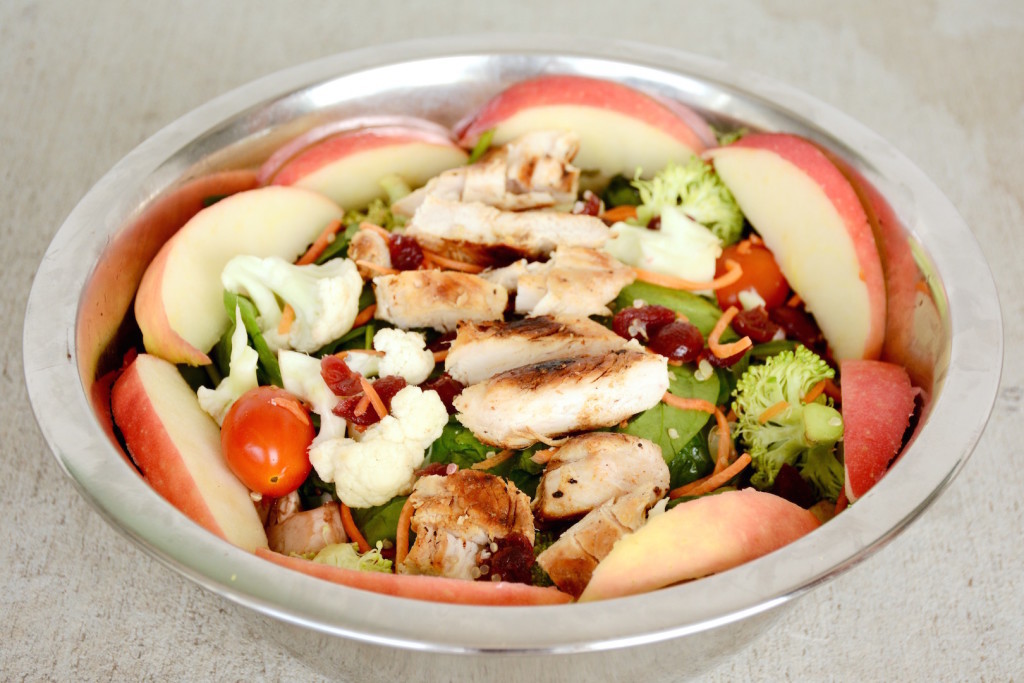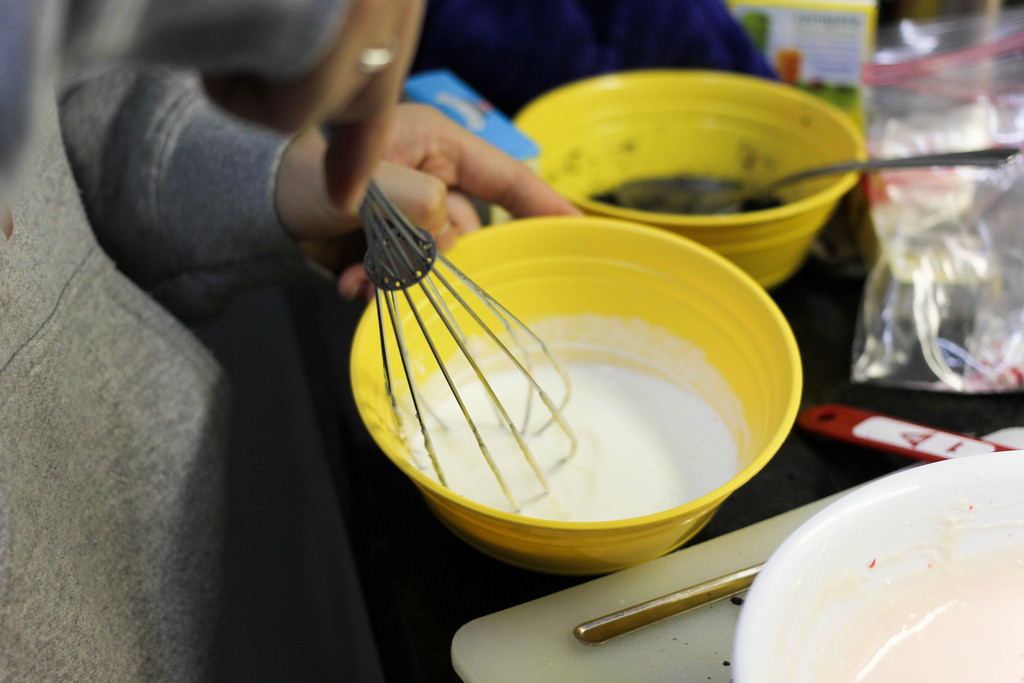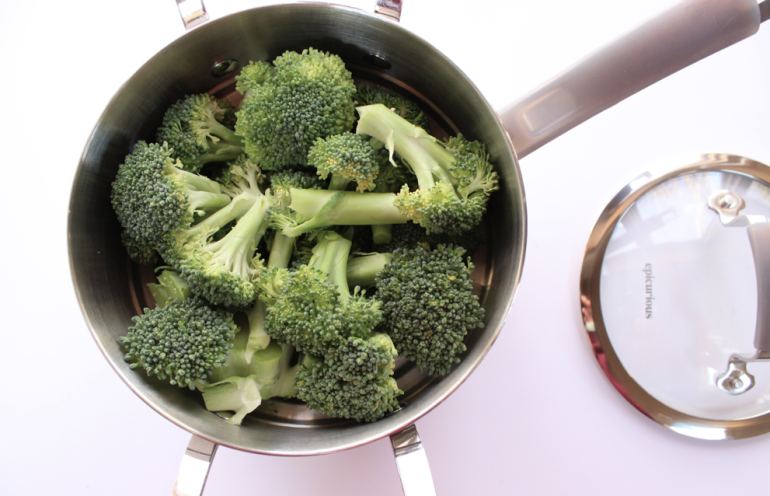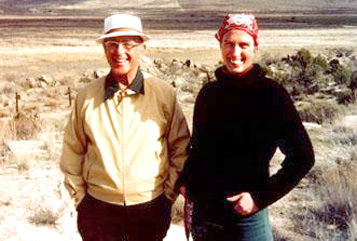Some of us may view cooking as a chore, or a social event, or the thing that you do when you put something in the microwave for more than two minutes, but did you know it can also be therapy?
After taking a course on counseling theory and skills to enhance my abilities as a future dietitian and a bit of Internet sleuthing, I came across a form of therapy that almost seemed too good to be true: culinary art therapy.
Culinary art therapy is a relatively new method used by some health care clinics and counselors to treat diverse groups of people. Some groups who have been helped by culinary art therapy include individuals with eating disorders, depression, addiction, and anxiety. Individuals with autism, learning disabilities and ADHD have also benefited from culinary art therapy.
Clients are led through a cooking class by a trained counselor or professional chef and get to leave the daily stresses of their lives by focusing on a new recipe and learning about nutrition and health.
Benefits of Culinary Art Therapy

Photo by Helen Poon
Culinary art therapy has been shown to reduce stress, allow one to gain insight about their own behavior, increase self-esteem, and increase brain development. Besides the mental health benefits of going to therapy, culinary art therapy can have a positive impact on the entire body.
Improve Your Senses

Photo by Jackie Fu
Cooking is a great way to engage all of your senses. While you cook, your sensory awareness is increased through physically touching ingredients, inhaling smells associated with cooking, tasting prepared food items, and visually experiencing foods.
Improve Your Social Skills

Photo by Gabby Phi
Because cooking is a relaxing activity, it allows people to open up about serious topics and feelings. In an individual session, clients are more easily able to communicate with a therapist, or in a group session, with each other in order to prepare a dish. Outside of sessions, clients may be inspired to cook meals with people in their personal lives and share feelings with them.
Improve Your Body

Photo by Katherine Baker
There are even physical benefits to culinary art therapy. Recipes prepared during a culinary art session can be nutritious and can contribute to long-term physical health.
Muscle coordination is improved through honing knife skills and learning how to navigate the kitchen. Lifting heavy kitchen objects and ingredients can also increase strength.
So, who do we have to thank for this delicious therapy?
The Founders of Culinary Art Therapy

Photo courtesy of colcarlrogers.com
Carl Rogers, famous psychologist of the 20th century, created a counseling theory called person-centered therapy (PCT). Instead of focusing on what is wrong with an individual, this therapy focuses on the good in people. Rogers thought that we are all capable of self-directed growth, we have the ability to understand ourselves, and we have the potential to solve our own problems.
Expanding upon her father’s therapy style, Natalie Rogers developed a new and creative approach to personal growth called expressive arts therapy. She believed that everyone is inherently creative, creation is healing and transformative, and that individuals can access feelings and emotional states through creative expression.
Expressive arts therapy has taken various forms, such as gardening, painting, dance, drama, poetry, and now the culinary arts. Research demonstrates that expressive arts therapy is effective in reducing negative health outcomes, both physically and mentally.
You can find clinics that offer culinary arts therapy in areas including Bethlehem, CT, Miami, FL and Sandy Springs, GA and it is possible that a clinic offering creative art therapy may have culinary art therapy as well.
Even if you can’t make it to a therapy session with a counselor, it’s still a pretty good idea to head into the kitchen and cook something the next time you’re stressed out. You’ll have a nice home cooked meal afterward, and you might feel a lot better.


